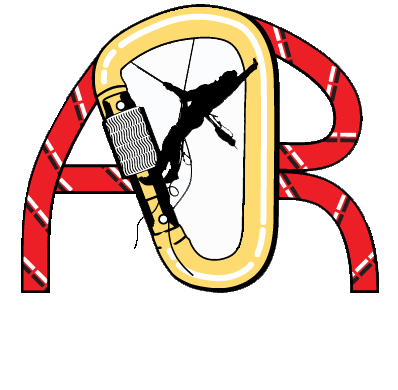Several people have asked me lately about my opinion regarding rope access training at an audited and approved center versus going to a center that hasn’t been subjected to the same high standards. I think the question really becomes “what’s the advantage of going to an IRATA versus SPRAT training center for your rope training since IRATA membership mandates training centers have been audited and approved, while SPRAT does not?”.
So, what gives me the right to express my opinion (and all of this is just opinion) regarding any difference that an audit might make to the rope access training experience? Several things; first, we have four IRATA approved training centers and are currently working on obtaining approval for a fifth and sixth. Secondly, AccessRULES does training to both systems, and third, having been a SPRAT evaluator for a number of years, I’ve been to both types of training centers and can speak from a certification standpoint.

In answering this question, I’d like to start with a disclaimer: I am a huge proponent of third-party audits and approval. Always have been. That being said, SPRAT does not certify training centers through an audit process. There have been some attempts to start a program, but the membership wasn’t behind the idea, and it was shelved. I hope they come back to it at some point.
Keeping in mind that both systems require that the candidate is required to perform the various maneuvers pertaining to the level of certification sought, it becomes apparent that really the question becomes one of organization, efficiency, and consistency in training. An audited and approved training center results in high levels of each of these. In terms of organization, having the audited and approved training center means that the certification organization (IRATA) has deemed that the training center has shown a commitment to ensuring their procedures are correct and complete, their facility and training structure meet rigorous standards, and that the gear used in training is suitable for use and sufficient in number.
Concentrating on efficiency during the audit process, and in practice during the training session, allows for a more consistent flow to maintain a high level of engagement in terms of the instructor and student. Knowing that the systems, equipment, and facilities have been approved, and will need periodic renewal, leads to a high level of similarity throughout several or many training centers and allows for continuity of instruction which drives efficiency allowing for a better experience for the candidate.

All of this leads to more consistency, which is better for the students and the companies that employ them. Students who attend a course at an audited training facility can be assured of a more effective training experience. Knowing that the training center has a certification means a higher pass rate because the systems and processes meet a minimum bar of all three of these key metrics.
I would close by saying that there are non-audited or approved training centers out there that work very hard at being well equipped, organized, and efficient but the likelihood of meeting these high standards within a closed environment of a typical contracting company is difficult without the help and guidance of an audit. In our opinion and experience, having been through the audit process with IRATA several times and over many years, having our centers audited and approved has improved the training and services that we provide to industry and leads to a more consistent product with higher pass rates.

